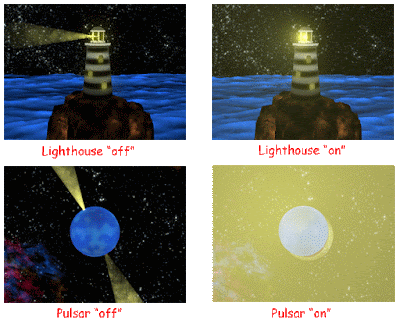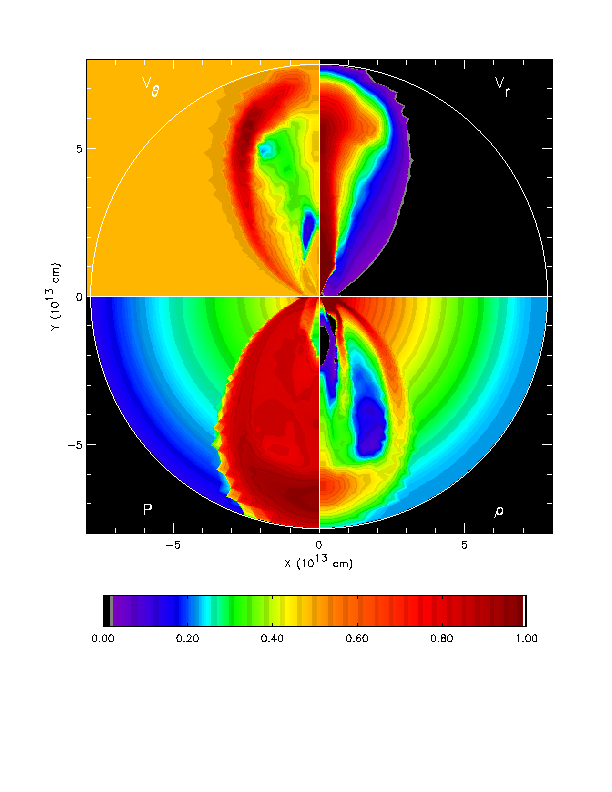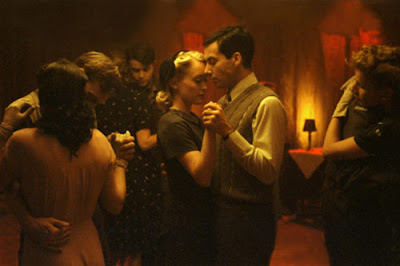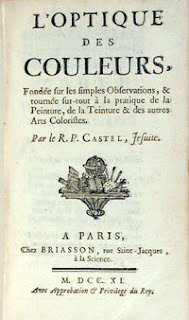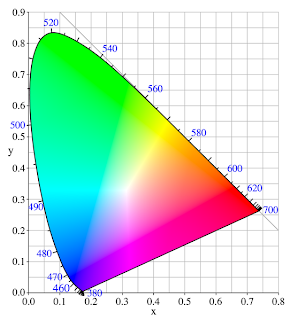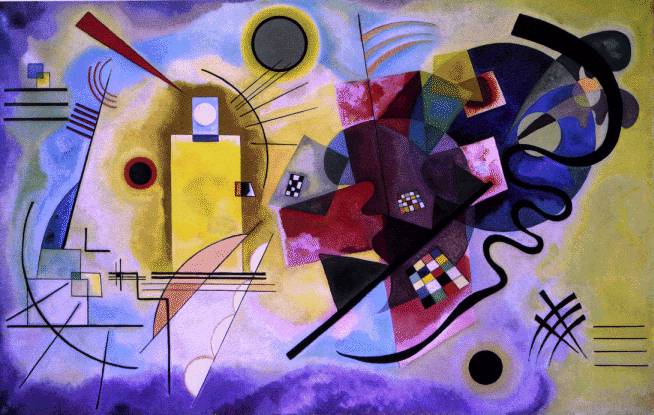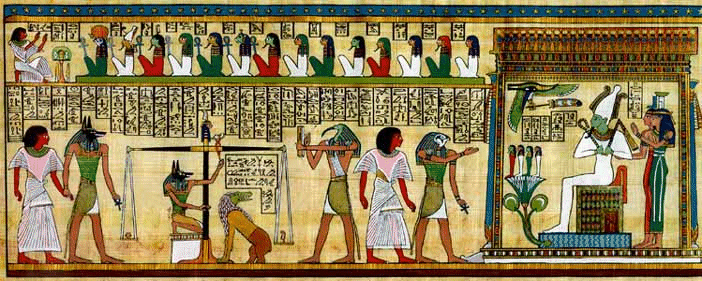3.1 As Cytowic notes, Plato and Socrates viewed emotion and reason as in a kind of struggle, one in which it was vitally important for reason to win out. Aristotle took a more moderate view, that both emotion and reason are integral parts of a complex human soul--a theory proposed by Aristotle in explicit opposition to Platonism (De Anima 414a 19ff). Cytowic appears to endorse the Platonic line, with the notable difference that he would apparently rather have emotion win out.

I am trying to "create a image" that will use the one above. It is important that the select quoted comment below is understood. This can't be done without some reference.
So while the exercise may be going on "inside" things are happening on the outside. Scientists have never been completely honest with themselves, while some may concern themselves with whose name said what?
I use Plato as a namesake obviously, because of what I saw of some of our influential minds speaking, all the while making inferences to Plato. When ever you read something that resonates with you, it is of value because it correlates to something that you already know. This is what I tried to get across in the previous post, about what is "self evident." Little do some people recognize that while I may have inferred the point of some philosophical foundations, it is not without recognizing that the "qualitative phrases" have to be reduced as well to a logic. To reason.
How do you do that? Well I'll tell you what I found and then you can think whether I understood reason in it's proper format. Whether I understood the "shadows of Plato" to mean something other then what could have been interpreted as being wrong. What is that analogy of the Cave really mean?
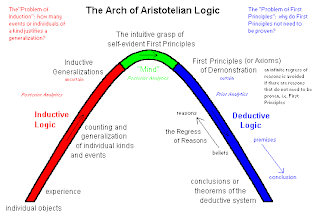
Our attempt to justify our beliefs logically by giving reasons results in the "regress of reasons." Since any reason can be further challenged, the regress of reasons threatens to be an infinite regress. However, since this is impossible, there must be reasons for which there do not need to be further reasons: reasons which do not need to be proven. By definition, these are "first principles." The "Problem of First Principles" arises when we ask Why such reasons would not need to be proven. Aristotle's answer was that first principles do not need to be proven because they are self-evident, i.e. they are known to be true simply by understanding them.
Yes I did not enter the halls of higher learning in the traditional ways. You can converse for many years, does not mean you become devoid of the lessons that spoken amongst the commentors. How is it you can think that while listening to scientists you cannot uncover the the processes they use? If I had given thirty years to study, what exactly had I studied? I am a doctor of nothing.:)
 This is a torus (like a doughnut) on which several circles are located. Unlike on a Euclidean plane, on this surface it is impossible to determine which circle is inside of which, since if you go from the black circle to the blue, to the red, and to the grey, you can continuously come back to the initial black, and likewise if you go from the black to the grey, to the red, and to the blue, you can also come back to the black.
This is a torus (like a doughnut) on which several circles are located. Unlike on a Euclidean plane, on this surface it is impossible to determine which circle is inside of which, since if you go from the black circle to the blue, to the red, and to the grey, you can continuously come back to the initial black, and likewise if you go from the black to the grey, to the red, and to the blue, you can also come back to the black.My quote at Backreaction on this and that, reveals not only part of the understanding gained through this "infinite regress," but also the understanding we have with the world around us. Some would be better served to see the image of the Klein bottle, but I wanted to show what is going on in a "abstract way" to what is happening inside of us, and at the same time, what is happening outside.
I had used the brain and head as a place of our conscious awareness within context of our environment, our bodies. The topological explanations of the numbers above, and used them in the next paragraph. There will be confusion with the colour lines, please disregard that.
While I talked of the emotive and mental realities. I included the spiritual development in the end. The way this interaction takes place, is sometimes just as the mental function(yellow). Other times, it is the emotive realization of the experience. It is coloured by our emotion(red).
While we interact with our environment, there is this turning inside out, continuously. Sometimes we may say that "1" is the emotive realization, while the number 2 is seen as a mental extension of the situation. While the areas overlap each other, an outward progression may mean that the spiritual progress is numbered 4, while the interaction of the emotive, mental and spiritual progression may be number 3. Ultimately the spiritual progression is 4 (Violet). All these colours can mix and are significant in themself. They reveal something about our very constitution.
While some may wonder how could any conceptualization ever integrate the "Synesthesia views" of the world when it sees itself presented with such a comparison? The journey of course leads to the "Colour of Gravity." Discard your body, and one will wonder about the "clear light." What it means, in the "perceptive state of existence." If one is prepared, then one shall not have "to much time on their hands" getting lost in the fog.
Plato and Aristotle, Up and Down by Kelley L. Ross, Ph.D.
Rafael has Plato pointing up and Aristotle gesturing down to indicate the difference in their metaphysics. For Plato, true existence is in the World of Forms, in relation to which this world (of Becoming) is a kind of shadow or image of the higher reality. Aristotle, on the other hand, regards individual objects in this world as "primary substance" and dismisses Plato's Forms -- except for God as a pure actuality, without matter.
However, when it comes to ethics and politics, the gestures should be reversed. Plato, like Socrates, believed that to do the good without error, one must know what the good is. Thus, we get the dramatic moment in the Republic where Plato says that philosophers, who have escaped from the Cave and come to understand the higher reality, must be forced to return to this world and rule, so that their wisdom can benefit the state. Aristotle, on the other hand, says that the "good" is simply the goal of various particular activities, without one meaning in Plato's sense. The particular activities of most human affairs involve phronésis, "practical wisdom." This is not sophía, true wisdom, for Aristotle, which involves the theoretical knowledge of the highest things, i.e. the gods, the heavens, and God.
Thus, for philosophy, Aristotle should point up and would represent a contemplative attitude that was certainly more congenial to religious practices in the Middle Ages. By the same token, Aristotle's contribution to what we now think of as science was hampered by his lack of interest in mathematics. Although Aristotle in general had a more empirical and experimental attitude than Plato, modern science did not come into its own until Plato's Pythagorean confidence in the mathematical nature of the world returned with Kepler, Galileo, and Newton. For instance, Aristotle, relying on a theory of opposites that is now only of historical interest, rejected Plato's attempt to match the Platonic Solids with the elements -- while Plato's expectations are realized in mineralogy and crystallography, where the Platonic Solids occur naturally.
Therefore, caution is in order when comparing the meaning of the metaphysics of Plato and Aristotle with its significance for their attitudes towards ethics, politics, and science. Indeed, if the opposite of wisdom is, not ignorance, but folly, then Socrates and Plato certainly started off with the better insight.
It is good that you go to the top of the page of the linked quotes of Kelley L. Ross. You must know that I developed this site without really understanding the extent Mr. Ross had taken this issue. There is much that is familiar, and with him, an opposing view too.
See:
Intuitively Balanced: Induction and Deduction
---------------------------------------------------------------------
Commerce is of trivial import; love, faith, truth of character, the aspiration of man, these are sacred.Ralph Waldo Emerson

"Carl Sagan's Library of Alexandria-R. P. C. Rodgers
"It is perhaps the oldest university in the world."
Can you imagine if one might have been restricted from the museums of history, based on what another might have thought of the person? To encourage such ideas to blossom, that it is understood the garden has to provide a source from which things can grow. Why not circumvent all views other then one's own, and you shall own those person's too.
If we are to keep one in "ignorance of life" then why not circumvent them to what the world is for them in "their sections and houses on earth? Keep them, to the culture, and not allow for the greater dialogue between these cultures?
While the historical blend here is being extolled, I of course have current thoughts about this in todays world of the internet.

Reconstruction of one of the storage rooms of the Library of Alexandria. From Carl Sagan's Cosmos (1980),
The Royal Library of Alexandria in Alexandria, Egypt, was once the largest library in the world. It is generally thought to have been founded at the beginning of the 3rd century BC, during the reign of Ptolemy II of Egypt. It was likely created after his father had built what would become the first part of the library complex, the temple of the Muses — the Musaion (from which is derived the modern English word museum).
It has been reasonably established that the library, or parts of the collection, were destroyed by fire on a number of occasions (library fires were common enough and replacement of handwritten manuscripts was very difficult, expensive and time-consuming). To this day the details of the destruction (or destructions) remain a lively source of controversy. The Bibliotheca Alexandrina was inaugurated in 2003 near the site of the old library.
Now you know that I believe that the resource for such potentials is very capable in anyone's hands. That if they would like to draw from such a resource, that maybe it has to be physical for them. So, they may go to the library.Yet there is the "sublty of the intangile" that is not accepted by those who are "deeply physical" about what they can accept, so they can accept such libraries.
Then again one might think twice about what is in the library of the internet? Yet, it is not without the "subtleness of the intangible" that we see where the "good thoughts/ideas can issue from the expert and the lay person alike. That such things become part of the library of the internet.
How do we know in our heart when such information is true? That we can rest assure that such dangers of misleading do not take us into their world? Do they some how control you by what they like to hear?
Innatism is a philosophical doctrine introduced by Plato in the socratic dialogue Meno which holds that the mind is born with ideas/knowledge, and that therefore the mind is not a tabula rasa at birth. It asserts therefore that not all knowledge is obtained from experience and the senses. Innatism is the opposite of empiricism.
Plato claimed that humans are born with ideas/forms in the mind that are in a dormant state. He claimed that we have acquired these ideas prior to our birth when we existed as souls in the world of Forms. To access these, humans need to be reminded of them through proper education and experience.
Or are we gifted with this innatism about what is good in all people, while there are those who would become rich by such restrictions of a "software selection."
The French librarian Gabriel Naudé wrote:
And therefore I shall ever think it extreamly necessary, to collect for this purpose all sorts of books, (under such precautions, yet, as I shall establish) seeing a Library which is erected for the public benefit, ought to be universal; but which it can never be, unlesse it comprehend all the principal authors, that have written upon the great diversity of particular subjects, and chiefly upon all the arts and sciences; [...] For certainly there is nothing which renders a Library more recommendable, then when every man findes in it that which he is in search of
I mean, if we were restricted to the ability to retrieve from the massive amounts of data being presented, do you think it a good thing to restrict people from being able to develop their intellect? Learn more?
----------------------------------------------------------------
“Somebody who only reads newspapers and at best books of contemporary authors looks to me like an extremely near-sighted person who scorns eyeglasses. He is completely dependent on the prejudices and fashions of his times, since he never gets to see or hear anything else. And what a person thinks on his own without being stimulated by the thoughts and experiences of other people is even in the best case rather paltry and monotonous. There are only a few enlightened people with a lucid mind and style and with good taste within a century. What has been preserved of their work belongs among the most precious possessions of mankind. We owe it to a few writers of antiquity (Plato, Aristotle, etc.) that the people in the Middle Ages could slowly extricate themselves from the superstitions and ignorance that had darkened life for more than half a millennium. Nothing is more needed to overcome the modernist's snobbishness.”
"On Classic Literature" from Ideas and Opinions – Crown Publishing (1954)-Albert Einstein (page 64) originally published in the Jungkaufmann, a monthly publication of the “Schweizerischer Kaufmaennischer Verein, Jugendbund" (Feb, 29, 1952)(Thanks Phil)
Some ideas are being past around that have got me thinking. Media had always been a concern to me, because of what one could assume without taking a clear stand on what is proposed or presented.
Statistical valuations on the trends of reading habits amongst countries and their population. Internet accessibility and information overload.
The question to my mind has to do with how we are numbing ourselves by adopting a unresponsiveness to information and acceptance as a value toward truth. If one did not have this introspection how is it that one could endeavour to realize the state in which they themself have been placed. It requires "no thinking and acquiescences" to powers beyond us. We are then in essence, sleeping?
To Remember: Eskesthai
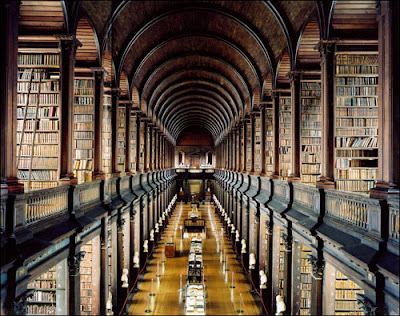 Trinity College Library, Dublin. (Photo: Candida Höfer.)
Trinity College Library, Dublin. (Photo: Candida Höfer.)It is sometimes with reverence that we can walk through the old buildings whose architecture breathes. We are transported somehow. All that knowledge, and here it resides. As written word read, can resonate deeply, so too an affinity with places can bring some deeper connection not really understood.
So you go into the library with a purpose in mind. You are looking for something in particular. All these books. It's as if, that what ever you hold in mind becomes the link between what awaits to be remembered, waits, until it was asked.
So you are setting the stage then and you may not have realized it.
Quote from Scienceblogs,"Shifting Literature by Jennifer L. Jacquet?
Ursula Le Guin
In its silence, a book is a challenge: it can't lull you with surging music or deafen you with screeching laugh tracks or fire gunshots in your living room; you have to listen to it in your head. A book won't move your eyes for you the way images on a screen do. It won't move your mind unless you give it your mind, or your heart unless you put your heart in it. It won't do the work for you. To read a story well is to follow it, to act it, to feel it, to become it--everything short of writing it, in fact. Reading is not "interactive" with a set of rules or options, as games are; reading is actual collaboration with the writer's mind. No wonder not everybody is up to it.
So you are most likely setting the stage yourself whether you like to think so or not. Sometimes books will come into view that might never had, had you not gone for one in particular.
